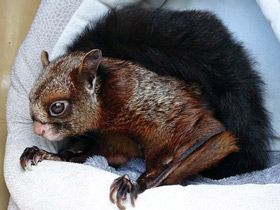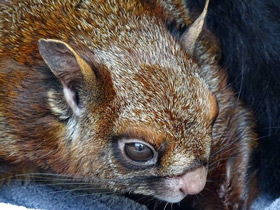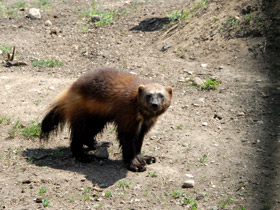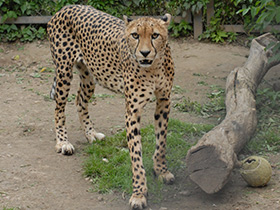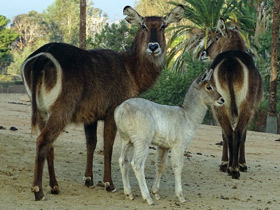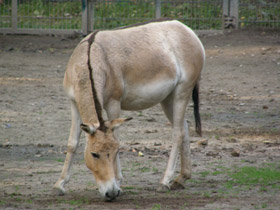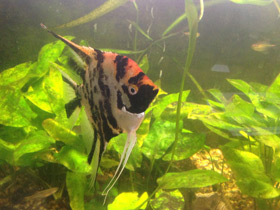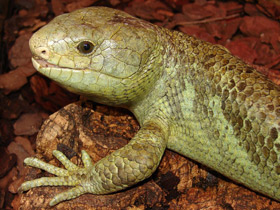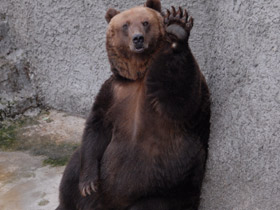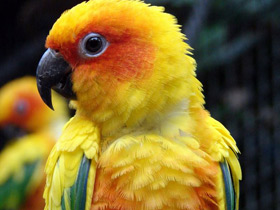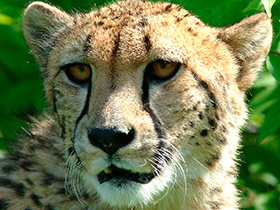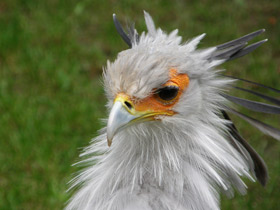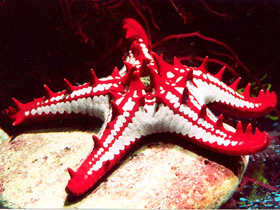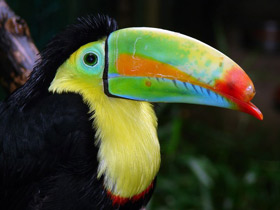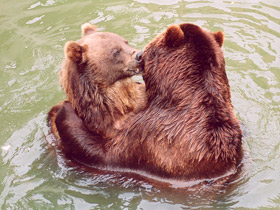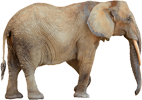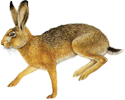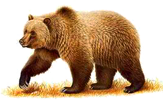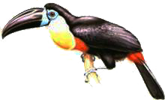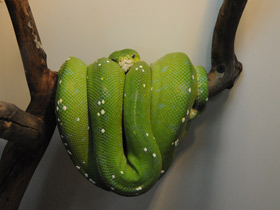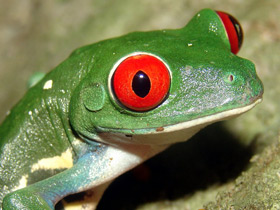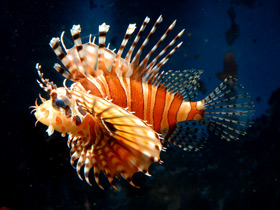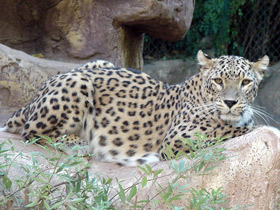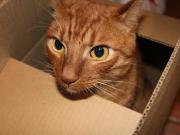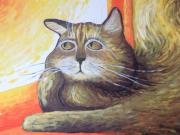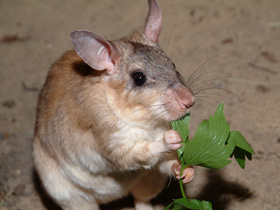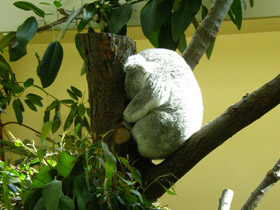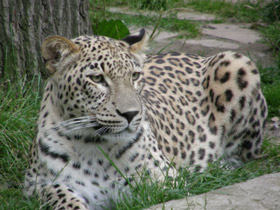The Indian giant flying squirrel (Petaurista philippensis), large brown flying squirrel or the giant flying squirrel
The Indian giant flying squirrel (Petaurista philippensis), also called the large brown flying squirrel or the common giant flying squirrel, is a species of rodent in the family Sciuridae. It is capable of gliding flight using a skin membrane stretched between front and hind legs. It is found in mainland Southeast and South Asia, and southern and central China.
Taxonomy
Its taxonomy is very complex and not fully resolved. Up until the 1980s, some authorities even listed the Indian giant flying squirrel itself as a subspecies of the red giant flying squirrel (Petaurista petaurista). In 2005, Mammal Species of the World included grandis, yunanensis, hainana, nigra, rubicundus and rufipes (last four as synonyms of yunanensis) in the Indian giant flying squirrel. Later studies have confirmed that all these are distinct and not closely related to the Indian giant flying squirrel; placing them together would result in a strongly polyphyletic "species". As a consequence, recent authorities have generally recognized them as part of the red giant flying squirrel or as their own species; the Formosan giant flying squirrel (Petaurista grandis) of Taiwan, Hainan giant flying squirrel (P. hainana) of Hainan, and Yunnan giant flying squirrel (Petaurista yunanensis) in northeastern India, south-central China, Myanmar, northern Laos and northern Vietnam (the extent of its range in the last three countries is labelled with considerable uncertainty). The Formosan and Hainan giant flying squirrels have fully separate ranges, but the Yunnan giant flying squirrel is sympatric with the Indian giant flying squirrel.
Distinctive features and external characteristics
These animals have a distinctive, densely pubescent membrane that runs from the forelimbs to the hind limbs, a skin fold also connecting the base of the tail and legs. The membrane is formed by muscle tissue that can contract randomly, helping to control the direction and duration of planning. There is a large spike at the edge of the membrane that holds it in place. Petaurista philippensis have large eyes and mahogany-red coloured fur, the shades of which can vary. The size of these squirrels is most impressive: body length with head averages 398 mm, tail length 422 mm. They have five toes with curved, sharp claws on their hind paws and four on their front paws.
Petaurista philippensis climb trees well and soar beautifully in the air, their range can reach 75 metres. They jump from the upper branches of trees, in a jump they control the direction of planning by tensing and relaxing their diaphragm muscles. When resting, Petaurista philippensis press the membrane against their bodies.
Systematics, habitat
Petaurista philippensis is one of three species of lepidoptera found in Taiwan, recently isolated from the species of giant lepidoptera Petaurista petaurista. It is also found in western India, Southeast China, and the Malay Peninsula. In Taiwan, these amazing animals are found at an altitude of 2,200 metres above sea level. They usually live in dense forests, but can also inhabit coniferous plantations, where they damage Japanese cedar (Cryptomeria japonica) plantations.
What Petaurista philippensis feeds on
Petaurista philippensis is predominantly deciduous and feeds on mature and young leaves, buds, flowers and fruit. These rodents are crepuscular, being most active at sunset and sunrise. During rainfall, the activity of voles decreases. Their feeding areas range from 2 to 6 hectares.
Social behaviour
Petaurista philippensis are solitary and in the evenings they make their cries in the neighbourhood. These low, monotonous, moan-like cries are communicative during the mating season. Petaurista philippensis nests in tree hollows. They breed once a year and bear one calf each.
The local people of Taiwan hunt Petaurista philippensis. They eat some parts of the animals raw, believing that Petaurista philippensis are clean animals because they do not go down to the ground. In addition, various body parts of Petaurista philippensis are used in traditional medicine (for digestive diseases).
Reproduction
Female gives birth to a single offspring during mid June. Pups born blind, with a head that is disproportionately large when compared with the body.
Ecology
The Indian giant flying squirrel is nocturnal and arboreal, spending most of its life in the canopy. Nests are made in tree hollows lined with bark, fur, moss, and leaves. The species is sociable when food is abundant, but intraspecies attacks increase with food scarcity. Vocalizations are similar to those of the spot-bellied eagle-owl.









